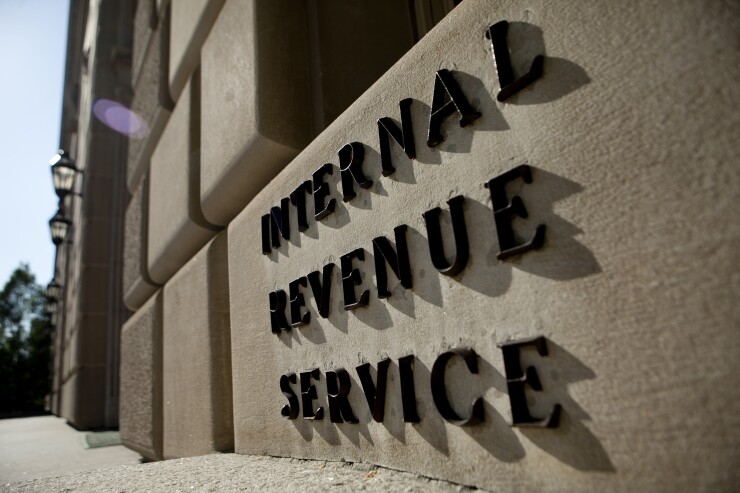Sometimes procrastination has its benefits.
Some clients had already taken required minimum distributions for 2020 when the coronavirus relief act, known as the CARES Act, eliminated them for this year.
Now the question is, “Can I roll those funds back and eliminate the tax bill? The answer: Maybe.
The IRS has just made it easier for some, but not all, to do exactly that.
In Notice 2020-23, the IRS extended a laundry list of tax deadlines to July 15, 2020, and indirectly provided a way for some of those who already took an RMD to put it back, that is, roll it over to an IRA or plan and eliminate the tax bill.
This relief is not as broad based as we would have liked, but it still may help some clients, so advisors should contact clients who took a now unwanted RMD on February 1 or later and let them know they may still have time to roll the funds back to an IRA or plan, provided the once-per-year rule is not a problem.
Who qualifies for this relief?

Normally, anyone who took a distribution from their IRA or plan can roll those funds over within 60 days, but that 60 day deadline has passed for example if the RMD was taken in January or early February. In a roundabout way, this IRS notice allows an extension to July 15, 2020 of the 60-day rule, but only for those who took that now unwanted RMD between February 1, 2020 and May 15, 2020. If someone took an RMD in January, they are out of luck. No relief.
Under the CARES Act, 2020 RMDs were also waived for beneficiaries, but non-spouse beneficiaries don’t qualify for this 60-day extension because under the law a non-spouse beneficiary cannot do a 60-day rollover.
Once-per-year IRA rollover rule caution
This relief does not include relief from the once-per-year IRA rollover rule. Only one IRA-to-IRA or Roth IRA-to-Roth IRA rollover per 365 days (not a calendar year) is permitted. If anyone has done one of these rollovers within the 365 days preceding the date they received their RMD, then they are disqualified from taking advantage of this 60-day extension. This rule only applies to IRA-to-IRA rollovers, and not to company plans. For example, rollovers from company plans to IRAs or vice-versa are not subject to the once-per-year rule. Neither are Roth conversions.
For example, if someone took an RMD from their IRA on February 1, 2020, and now wants to roll that back, they now have until July 15, 2020 to do so. But if they have already done an IRA-to-IRA rollover, they cannot take advantage of the 60-day extension. This restriction includes someone who was taking monthly RMDs from their IRA. In that case, only one of those distributions might qualify for the extension.
However, an unwanted RMD can be converted to a Roth IRA, since the once-per-year rule doesn’t apply to Roth conversions. As long as they have to pay tax anyway, why not convert the funds to a Roth IRA. But it may pay to hold off on that move to see if the IRS provides any further unwanted RMD relief before the July 15, 2020 deadline.
In addition, if that same, now unwanted February 1, 2020 RMD, is rolled back to a company plan, that’s ok because the once-per-year rule does not apply to IRA to plan rollovers. Along the same lines, if the unwanted RMD was taken from a company plan, then it can be rolled back to either the plan or an IRA if done by July 15, 2020.
The reason this 60-day extension is so quirky is because the 60-day issue was not the focus of this extension notice. This notice addressed a long list of bigger deadline issues, like extending the due date for the second estimated tax installment from June 15, 2020 to July 15, 2020 and numerous other provisions. The 60-day relief just happened to get caught in the big net of relief.
Hopefully, the IRS will come out with specific 60-day and once-per-year rule relief allowing all RMDs taken in 2020 to be rolled back, but that has not happened as of April 10. Stay tuned and keep your clients informed during these trying times.





